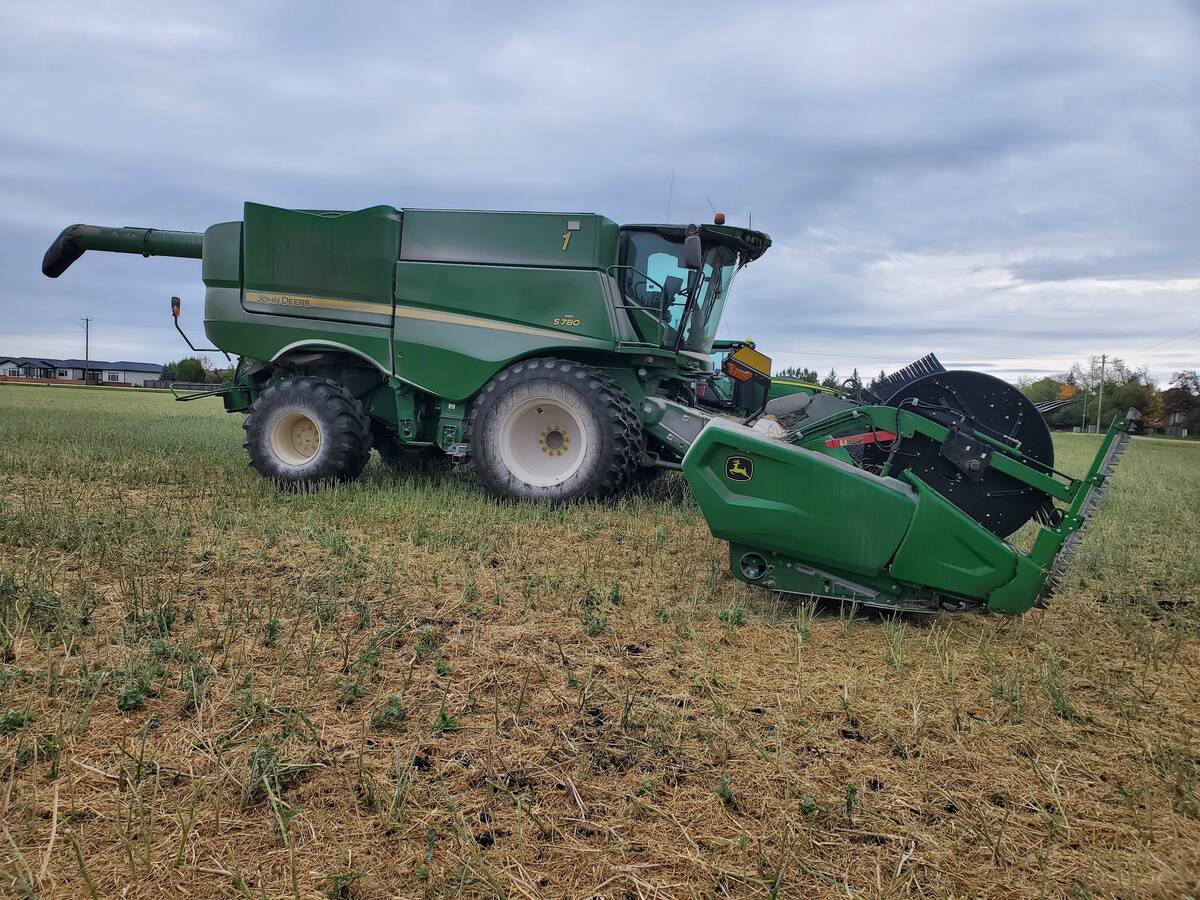Farmer survey | Data shows growers aren’t doing enough to combat resistance
Canadian farmers think weeds are becoming more difficult to control but aren’t consistently using multiple modes of herbicides to combat them, a BASF Canada survey has concluded.
An Ipsos Reid telephone survey of 500 Canadian growers, conducted on behalf of BASF Canada last December, determined more farmers are worried about herbicide resistant weeds.
In results released March 5, 63 percent of Canadian producers said weeds are getting tougher to control on their farms: a seven percent increase from a previous BASF survey done in March 2012.
As well, 43 percent of growers think they have herbicide resistant weeds on their land and 47 percent said glyphosate by itself is no longer effective. The results represent, respectively, a six percent and seven percent increase from the March 2012 survey.
Read Also

Powdery mildew can be combine fire risk
Dust from powdery mildew can cause fires in combines.
In contrast, 67 percent of growers strongly agreed when asked if they use multiple modes of action to kill weeds, a decrease of 10 percent from the previous survey.
While the questions were different, the responses are similar to the findings of a Certified Crop Advisor email survey that found growers are aware of herbicide resistance but reluctant to take action on their farms.
CCA International chair Amy Asmus sent a survey to her colleagues in the United States, Canada and Mexico before she participated in a panel discussion at the Weed Science Society of America’s annual meeting in Baltimore in early February.
“I was a little nervous sharing my views. I wanted to (provide) a broader view, and the survey allowed me to have certified crop advisers and certified professional agronomists get their input in,” said Asmus, a co-owner of Asmus Farm Supply in Iowa.
Forty percent of respondents said they would change agronomic practices to fight herbicide resistant weeds only when the problem appeared on their farm. Another 24 percent were willing to consider best management practices, but the additional cost and time are stumbling blocks.
“I find with some of our larger growers (in Iowa), they think they (are) progressive,” Asmus said.
“When push comes to shove … they have good intentions, but sometimes that falls to time or weather constraints.”
The ratio of rented to owned cropland is another factor that influences farmer behaviour, at least in the U.S. Midwest, said Kevin Bradley, an associate professor of plant science at University of Missouri.
Thirty-eight percent of farmland in the U.S. corn belt was rented or leased in 2007, according to a 2012 U.S. Department of Agriculture report on farmland values and ownership.
The high percentage of rented land stifles the progressive practices needed to combat herbicide resistance, Bradley said.
“A lot of times a farmer wants to do the things we’re telling them to do. And they cannot because of what the landowner is telling them.”

















